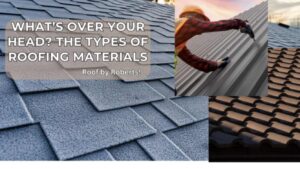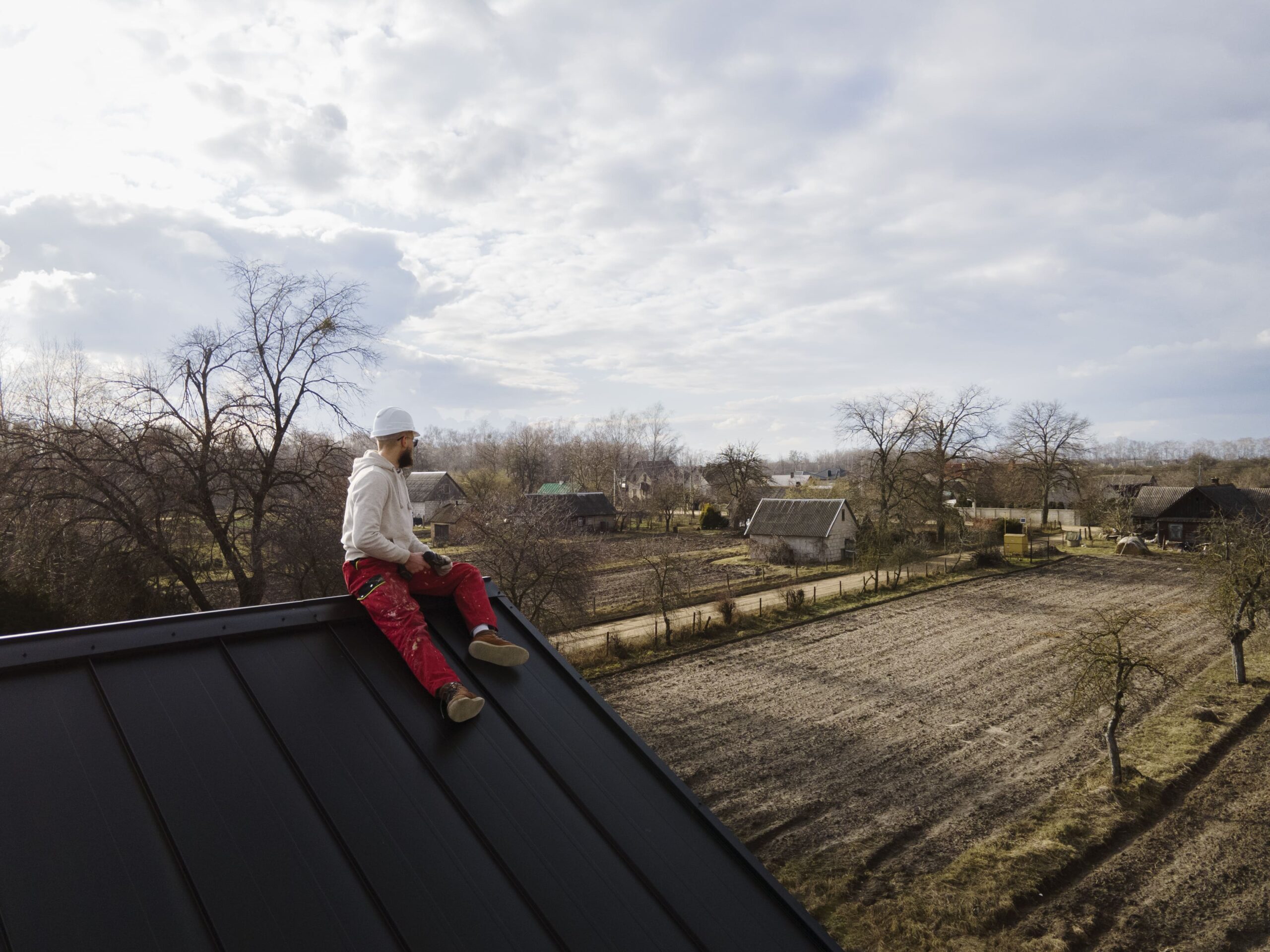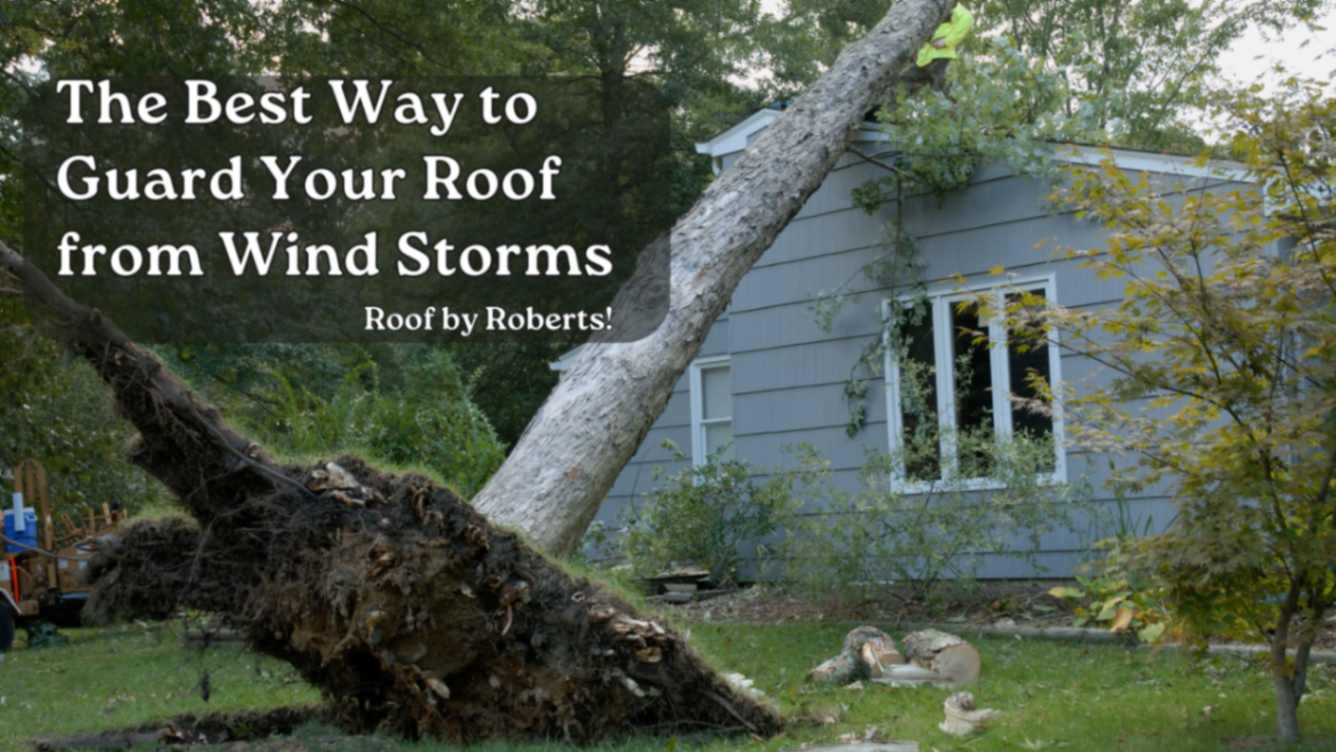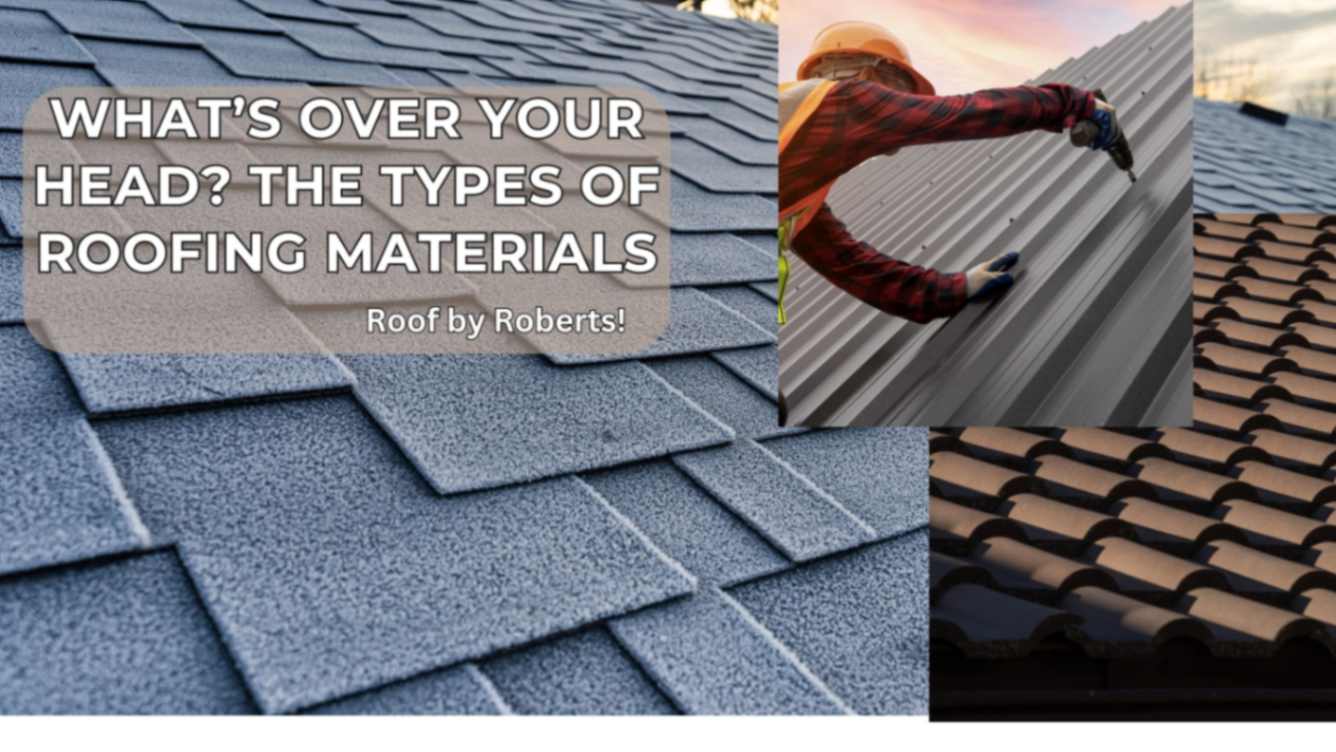
When it involves your private home, the roof is its crowning glory—both literally and figuratively. It protects your property from these factors, contributes to its energy performance, and provides for its aesthetic appeal. Choosing the proper roofing cloth is an important decision that affects your house’s sturdiness, protection wishes, and standard look.
Here’s an in-depth look at the diverse sorts of roofing substances available, helping you make a decision about what is best for your house.
- Asphalt Shingles:
Popularity and Affordability:
Asphalt shingles are the most famous roofing material in the United States. Their substantial use is frequent because of their affordability and ease of installation. Available in a whole lot of colors and styles, they can mimic the look of more luxurious materials like slate or wood.
Durability and Maintenance:
Asphalt shingles commonly have a lifespan of 15–30 years, depending on the type and weather. They require minimal upkeep but can be at risk of algae and moss booms in humid climates. Regular cleansing and right air flow can assist make bigger their life.
- Metal Roofing Durability and energy efficiency:
Metal roofs are praised for their remarkable durability. They last between 40 and 70 years. Made up of very light materials like aluminum, steel, copper, or zinc, weather-friendly steel roofs can withstand conditions such as heavy snowfalls, strong winds, and fire. They also have high energy efficiency levels, as they will reflect sunlight’s heat radiation, which helps reduce your air conditioning bills by about 25%.
Aesthetic Versatility:
Metal roofs come in a number of styles and hues, from traditional vertical panels to designs that mimic wood shake, slate, or tile. Their glossy, contemporary look can enhance the lower attraction of modern-day houses, while their versatility makes them appropriate for an extensive variety of architectural styles.
- Wood Shingles and Shakes (Natural Beauty and Insulation):
The rustic and natural appeal of wood shakes and shingles makes them blend perfectly with their environment. They are made out of durable cedar, redwood, or other types of trees that are suitable for insulation, thus reducing electricity bills. Wood shingles are machine-made to give a neat look, whereas shakes are handcrafted, making them rough.
Maintenance and longevity:
While wooden roofing can last 30–50 years with the right care, it calls for regular renovation to save you troubles like rot, mold, and bug infestations. Periodic remedies with preservatives and fungicides, along with recurring inspections, can help maintain their look and capability.
- Slate Roofing:
Timeless Elegance and Longevity:
Slate roofing is one of the most durable and aesthetically pleasing alternatives available. Known for its herbal splendor and form of hue, slate can last over a century if properly maintained. It’s immune to fire, mold, and bugs, making it a brilliant choice for those looking for durability and a traditional appearance.
Cost and Weight Considerations:
The main drawbacks of slate roofing are its price and weight. Slate is one of the most expensive roofing substances, and its heavy weight may additionally require additional structural help. However, its long lifespan and minimum upkeep requirements can offset these initial costs.
- Clay and concrete tiles:
Durability and climate suitability:
Clay and concrete tiles are known for their sturdiness and resistance to harsh weather conditions, together with excessive winds, hail, and fireplaces. They are especially well-suited for warm climates, as they reflect warmth and offer natural air flow, keeping houses cooler.
Aesthetic Appeal:
Clay and urban tiles come in several shapes, colors, and finishes that can enhance beauty in Mediterranean, Spanish, and Southwestern-style homes. Their unique appearance can contribute to their low appeal and value.
Weight and Installation:
Just like slate, clay and concrete tiles are weighty and may require extra structural assistance. It’s usually advisable to call a specialist for installation because they can break easily with time.
- Synthetic Roofing Materials:
Innovation and Versatility Polymer combinations, rubber, and synthetic roofing materials are meant to imitate the original materials, such as wood, tile, and slate. These materials have a variety of advantages, including being light in weight, which means they can last longer than their genuine counterparts at times, and they may be less expensive.
Environmental Impact:
Many synthetic roofing products are made from recycled substances, making them an environmentally pleasant choice. They are also immune to severe climate situations and require minimal upkeep.
Final Idea:
Choosing the right roofing material for your home includes thinking about factors like weather, finances, aesthetic choices, and upkeep requirements.
Each material offers its own unique blessings and challenges. By understanding the traits and benefits of each type, you may make an informed selection that ensures your private home is protected, strength-efficient, and visually appealing for years to come.
When it comes to roofing material, your choice can really impact the average performance and value of your building, whether you choose cheap asphalt shingles, strong metal ones, beautiful wooden ones, classy slates, hard-wearing tile, or synthetic substitutes. Contact us, for more query.



